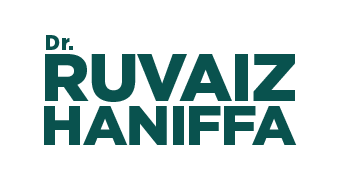A Policy for Flood Prevention, Drainage Reform, and Climate Resilience in Colombo.
Flooding remains one of Colombo’s most disruptive challenges, especially in low-income and flood-prone zones. Dry Today, Safe Tomorrow focuses on mapping blocked drains, lakes, cleaning waterways, introducing smart sensors, and linking waste control with drainage maintenance. It’s a practical, prevention-first approach to protect homes, schools, and livelihoods from annual water damage.
Main Stakeholders
- Colombo Municipal Council (CMC)
- Urban Development Authority (UDA)
- Sri Lanka Land Reclamation and Development Corporation (SLLRDC)
- Disaster Management Centre (DMC)
- Community members and local committees
- Ports Authority
- Sri Lanka Navy
What We Have Now
- Much of Colombo’s sewer network is outdated, poorly maintained, and does not cover all neighbourhoods.
- Many pumping stations are outdated and suffer frequent mechanical issues.
- Several canals are choked with garbage, silt, or illegal structures.
- Heavy rains quickly flood streets because drains are not cleared on time.
- Informal settlements lack proper sewage systems and rely on unsafe alternatives.
- Flood response is reactive, not preventive, with limited community communication.
What We Will Improve
- Upgrade and repair existing sewer network, starting with oldest zones.
- Modernise pumping stations with better maintenance schedules and trained staff.
- Launch monthly canal cleaning in partnership with waste management teams.
- Improve coordination between agencies (CMC, NWSDB, UDA, SLLRDC) with a shared action dashboard.
- Link solid waste clean-up with flood prevention teams to keep drains clear.
- Improve access to sewerage systems in underserved settlements using small-scale sanitation hubs.
- Increase inspections of illegal discharge points and unregulated connections.
What New Things We Will Introduce
- Install flood sensors and water-level monitors in critical locations for early warnings.
- Create a Flood-Free Colombo Public Map that shows flooded areas in real time and cleared drain zones.
- Introduce a city-wide drain inspection app where citizens can report blocked or broken drains.
- Launch Rapid Response Drain Teams in all high-risk areas with 24/7 clearance capacity.
- Set up community flood wardens in low-lying areas trained in early warning and emergency support.
- Establish mini treatment facilities near informal settlements to manage local sewage safely.
Making the System Transparent & Accountable
- Publish monthly updates on drainage, sewerage, and flood response projects.
- Use smart maps and dashboards to show progress and high-risk zones.
- Introduce ward-level targets for canal cleaning and drain inspections.
- Share inspection reports and progress openly with the public.
- Involve communities in monitoring and maintenance through mobile reporting.

